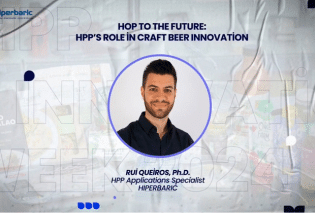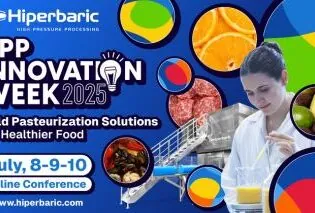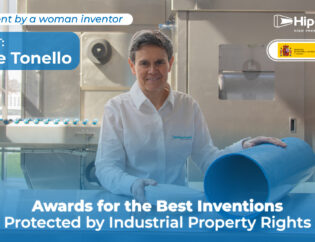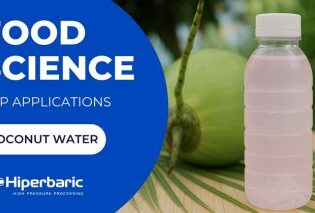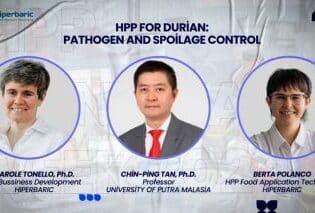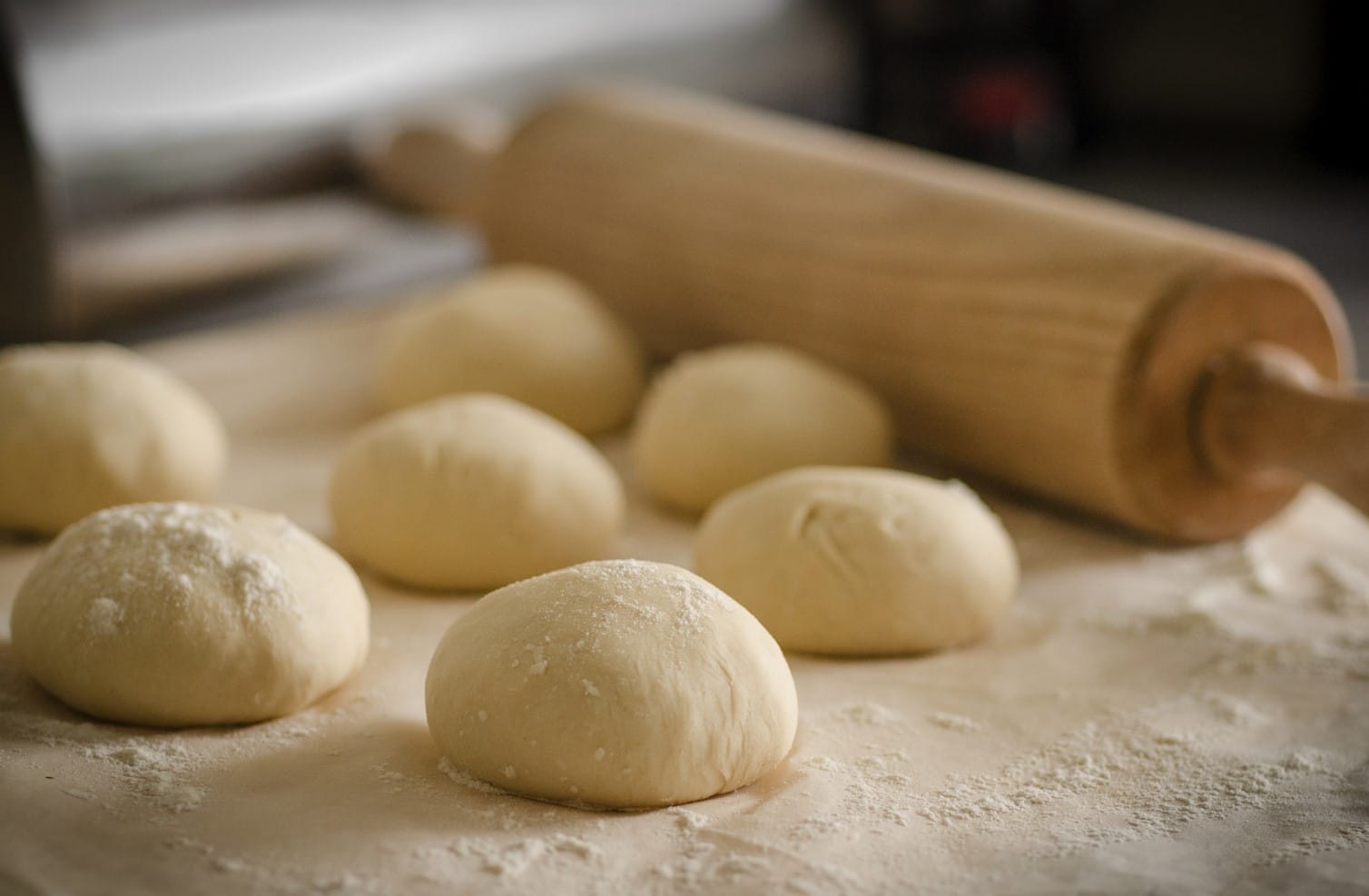
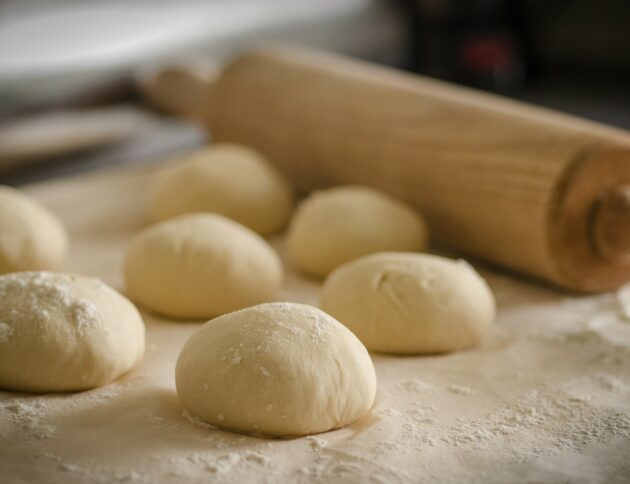
In view of the increasing interest in home-made baking products, the food industry has been developing new commercially prepared doughs and batter products. However, these present the disadvantage of having a short shelf-life, even in cool conditions. High pressure processing (HPP) is quite a versatile technology that emerges as a non-thermal technology able to improve the microbiological quality and technological properties of ready-to-bake products. Let’s take a look at some examples where HPP has can be used for shelf-life extension and for creating new textures after baking.
There has always been an interest on the part of consumers towards home-made baking products, but these are laborious and do not always have the best result when prepared at home. That is one of the reasons why the industry, with the aim of making life easier for consumers, is shifting towards the creation of new ready-to-bake formulations (batters or doughs). One of the challenges with the development of this type of products is their short shelf-life, even in refrigerated conditions. Consequently, they often need frozen distribution, with the consequent problems of decreased volume of the cakes and color and texture modifications after long storage times (30–100 days). Therefore, there is a need to develop new strategies to make high-quality cake batters more stable.
High-pressure processing (HPP) is quite a versatile technology that satisfies consumer demand for freshness and high nutritional value, while achieving safety and shelf-life extension of a wide range of products. In this regard, HPP emerges as a non-thermal technology able to improve the microbiological quality and technological properties of ready-to-bake batter or dough products.
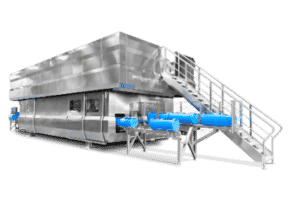
Microbiological quality
It is worth noting that HPP can be applied to the dough or batter to increase its shelf-life before cooking, but inactivation efficiency depends on water activity (aw) and pH of the formulation. Regarding pH, high pressures are more effective in acidic products (lower pH). HPP also needs products with high aw (≥0.96) to maximize lethal pressure effects, aiming to meet or exceed 5-log pathogen reductions. HPP becomes less efficient as aw drops from said value, and it is used for shelf-life extension or to meet 1-3 log pathogen reduction for aw 0.80-0.95.
Many of the mixes have a high pH (≥4.6) and low water activity (aw ~ 0.8) due to their high sugar and fat content. In these products, HPP is likely applied as a shelf-life extension step to eliminate yeasts and molds, and slow down other spoilage microorganisms. Given the variability in ingredients and type of batters (pancakes, brownies, cakes, etc.) it is hard to generalize a shelf-life. It is noteworthy that our customer Maryland Packaging achieved up to 90 days of shelf-life for an ovenable blueberry pancake dough with HPP.
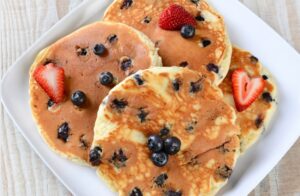
Technological properties
Batters and doughs have a very high concentration of starch and, in some cases, protein (like gluten). HPP may result in the swelling and possible cold gelatinization of starch and structural changes of proteins. These changes can have positive or negative effects on the finished baked product, as with everything, it will depend on the formulation. Consequently, pressure will most likely affect the viscosity (increase it), and adhesiveness of the dough, and originate different baked products.
Some research studies have found interesting changes in the mechanical properties of grain-derived flours and batters treated with HPP, which allows creating new textures. For example, in this article, a wheat dough was treated under low pressure (250 MPa) to induce a rapid reduction of the microbial population, although ensuring sufficient mold and yeast survival to assure bread dough fermentation. Regarding dough properties, HPP treatment significantly increased hardness and adhesiveness, whereas stickiness was reduced by increasing the time of exposure to HPP. After baking, a novel crumb bakery product was obtained (Figure 1). In the study, judges emphasized the original layered structure of the treated bread crumb, which was very soft and attractive, reminding the structure of a croissant.
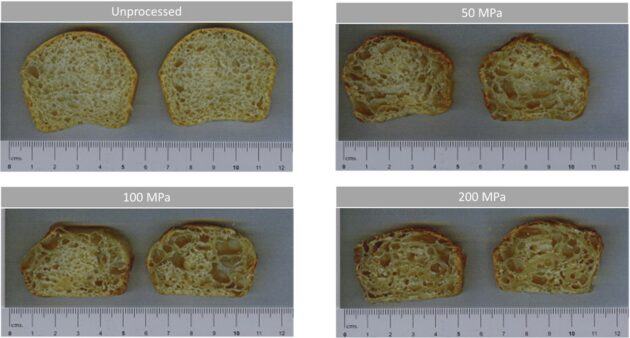
In recent years, HPP has also been investigated as a new tool to improve gluten-free doughs quality. Dough containing HPP treated raw materials required a higher water amount, but in return HPP improved corn starch and rice flour baking aptitude, resulting in a high specific volume and good crumb softness gluten-free bread.
These are just a few examples of the potential of HPP for shelf-life extension and technological properties changes on ready-to-bake doughs. If you are interested in the development of HPP products, don’t forget that Hiperbaric’s team is at your service.


